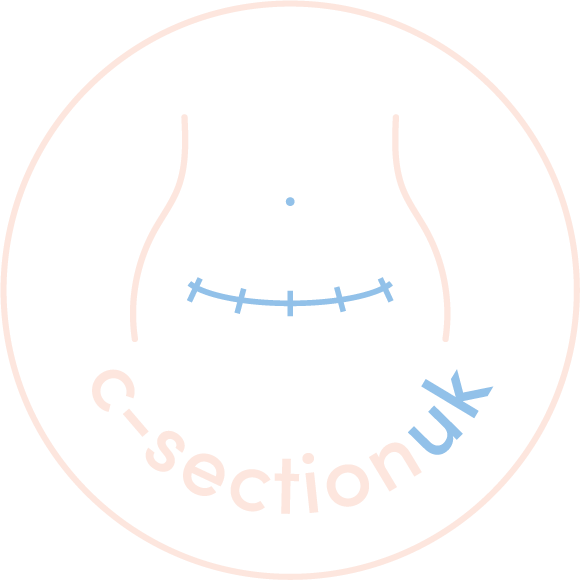Best Treatment for Keloid C-Section Scar
Keloid scars can form after a C-section, resulting in raised, thickened tissue around the incision site. While they are harmless, keloids can cause discomfort and affect appearance. Understanding the best treatment options and preventive measures can help reduce their impact and improve healing.
What Are Keloid Scars?
Keloid scars are an overgrowth of scar tissue that extends beyond the original wound site. They are typically raised and firm and can appear red or darker than the surrounding skin.
Keloids develop when the body produces too much collagen during the healing process.
Causes and Risk Factors for C-Sections
While anyone can develop a keloid, some people are more prone to it due to genetics, skin type, or healing patterns. C-sections, like any surgical procedure, can trigger the formation of keloids in people with a predisposition, especially if the skin around the incision is under stress or tension during healing.
Best Treatments for Keloid C-Section Scars
Silicone gel or sheets - these are applied directly to the scar and help soften and flatten it by creating a moist healing environment
Laser therapy - lasers can reduce the thickness and redness of keloid scars over multiple sessions
Cryotherapy - freezing the keloid can shrink and reduce its appearance
Surgery - in some cases, surgical removal is an option, though this may lead to a recurrence of the keloid if not combined with other treatments like corticosteroid injections
Natural and Home Remedies
Clothing choices - wear loose, breathable clothing to avoid friction or irritation around the scar, which can worsen keloid formation
Sleeping positions - avoid positions that pressure your abdomen, like lying flat on your stomach. Sleeping on your back or side can prevent unnecessary tension on the scar
Gentle massage - once the incision is fully healed, gently massaging the scar area may help break down excess collagen and prevent the scar from thickening
Preventive Measures
Silicone sheets or gel - to minimise scar formation, start using silicone-based treatments as soon as the wound is fully healed
Proper wound care - keep the incision clean and dry, and follow your healthcare provider’s recommendations to reduce the risk of excessive scar tissue formation
Avoid excessive sun exposure - sun exposure can darken scars and make them more noticeable. Use sun protection or cover the area when outdoors
How long does it take to heal?
Keloid scars can take a significant amount of time to heal; in some cases, they may never entirely disappear without treatment. Typically, keloids form and mature over several months after the initial C-section wound has healed.
It may take 3 to 12 months for a keloid scar to stop growing and settle into its final appearance. By staying proactive with treatments and preventive care, you can minimise the appearance of keloid scars and support proper healing after your C-section.
Written by: Midwife Laura
